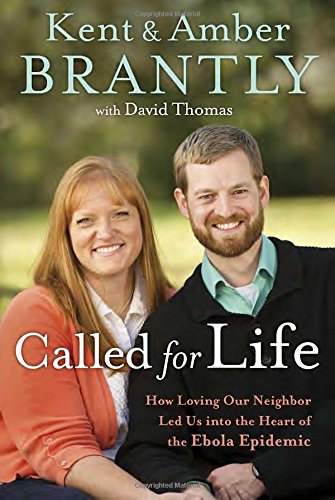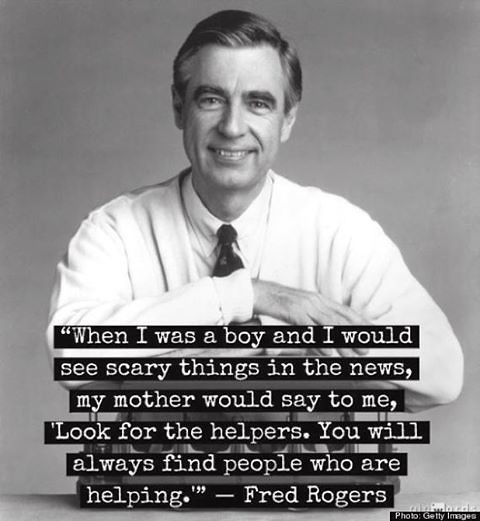
“In World War II, Wyatt Blassingame was an intelligence officer with the Naval Air Corps on the islands of Tinian and Okinawa. He witnessed the work of army and navy nurses when he visited sick and wounded comrades in hospitals on Hawaii, Saipan, and Okinawa.”
“Here is the story of the courageous young women who served at Pearl Harbor, Corregidor, Anzio, Battle of the Bulge, Iwo Jima, and other fighting fronts of the Second World War.”
Courageous young women indeed. Amazing young women. And they were all volunteers. These young women (Blassingame often calls them “girls” in his narrative) may very well not have realized what they were volunteering for, or what dangers and harrowing experiences they were going to be called on to endure, but they knew it was war, or imminent war, and they knew that nurses were likely to come into contact with blood, gore, injury and death. I certainly would be hesitant to take on a nursing career in a peacetime hospital, much less in a war zone.
In the Author’s Note at the end of the book, Mr. Blassingame writes, “Not very much has been written about the American nurses who served with such courage and endurance and devotion to duty in World War II. Consequently in researching this book I often had to rely on personal contact with nurses who could tell me about their experiences.” This reliance on interviews with World War II nurses makes the book even more valuable and compelling.
I searched online for the names of many of the nurses that Mr. Blassingame writes about in his book, but I found very little information on most of them. Combat Nurses of World War II may be the only record left of the contributions made by many of these heroic, yet ordinary, nurses. I did find a few books, written for adults, about some of of the nurses in this book:
- And If I Perish: Frontline U.S. Army Nurses in World War II by Evelyn Monahan and Rosemary Neidel-Greenlee.
- The Secret Rescue: The Untold Story of American Nurses and Medics Behind Nazi Lines by Cate LIneberry.
- Albanian Escape: The True Story of U.S. Army Nurses Behind Enemy Lines by Agnes Jensen Mangerich
- Savage Will: The Daring Escape of Americans Trapped Behind Nazi Lines by Timothy M. Gay.
And a couple of articles about some of the World War II nurses:
- Aboard the USS Comfort, 1943 by Doris Gardner
- Four Women Earned Silver Stars in the Same WWII Battle
I did find the story about the nurses and medics who accidentally crash-landed behind enemy lines in Albania (told in three of the above books) to be the most exciting story in the book It would make a good movie, I think. Some of the other nurses’ stories are probably retold in other books about World War II in general, or about specific ships or battles. But a lot of the nurses’ words and stories are most likely preserved only in Combat Nurses.
Even though it’s a story about war, the book is not gratuitously gory or shocking. People, nurses and others, do get injured and even die, but their stories are told in a way that honors the nurses’ sacrifice and preserves their memory. I would give this book, and probably its companion book Medical Corps Heroes of World War II, to any middle grade or older young person who was studying or interested in World War II. “The Greatest Generation” was blessed in its heroes and its heroines.
This Landmark book, once a rare find, out of print, has been reprinted by Purple House Press, and it’s now available at a very reasonable price with updated maps and photographs which were not in the original book. I have a copy of the old, original edition in my library, Meriadoc Homeschool Library, but I may need to purchase a copy of the updated reprint from Purple House Press. And if you want even more information, check out the podcast episode from Plumfield Moms, Combat Nurses.

